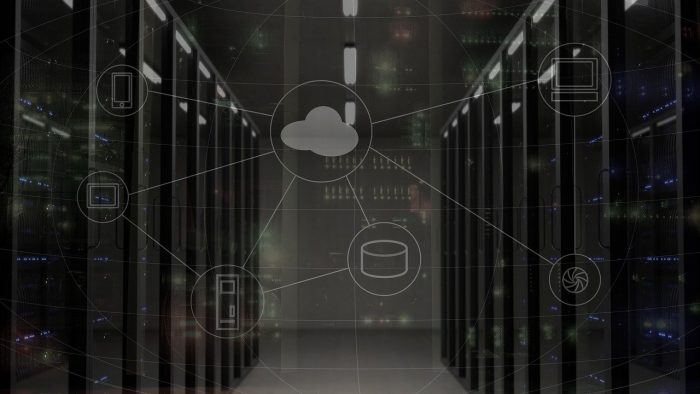The need for proper security solutions for the education sector is stronger than ever
As schools began to shut down their operation due to the COVID-19 situation, there has been a huge move to remote learning across all educational institutions.
This move involves implementing the proper remote learning solutions to maximize the learning experience for students.
At the same time, schools need to ensure that the solutions they are using are compliant with privacy regulations such as the Family Educational Rights and Privacy Act (FERPA) and Children’s Online Privacy Protection Act (COPPA).
The Implementation Of Remote Learning Solutions
For educational institutions looking to implement remote learning solutions, there are a few things that the Student Privacy Policy Office recommends when looking for the right solution.
They are:
1. A solution that applies encryption
2. Strong identity authentication
3. Proper privacy policies that explain how the logged student data comply with privacy regulations such as the FERPA
Many schools are looking to enhance the learning experience for students by finding new remote solutions for video conferencing or creating an online interactive classroom experience.
Shortcomings of Security Solutions Providing Secure Remote Access
Finding a proper security solution to do so is important, but students and faculty also will need to access information on the school network remotely. With the pandemic at large, hackers are targeting the education sector and paralyzing school networks for a ransom. Many educational institutions today may already employ network restrictions, proxy servers, or network VPNs to secure their internal network. While these solutions help students and faculty to remotely access information on the school network, they do not adequately protect the school network from hack attempts and malicious activity.
Why Proper Authentication Matters
With more students and staff members accessing the school network with their own devices from different networks, it becomes imperative that these connections are made only available to the right person accessing the information and in a secure manner. VPNs however are not the only way to establish a secure network. With many school-wide VPNs, the school network is only accessible through a pre-registered device from the school, or through a third-party software download. However, important security needs such as 2-Factor Authentication are often overlooked. If the device was compromised by another person, they would have full secure remote access to the school network. This scenario becomes dangerous if that unauthorized person has malicious intentions.Cloudbric’s Remote Access Solution not only offers an encrypted connection between the user and the school network, but also comes with 2-Factor Authentication to only allow the specific individual to access the school network once verified. All verified users from anywhere in the world can access the school network on any device without the need of additional software installations or third party applications.
Secure Remote Access + Hack Prevention Layers
Cloudbric’s Remote Access Solution also comes with several added security layers and features to better help protect the user’s connection to the school network.Not only does the solution provide a strong authentication solution, but it also monitors the traffic and blocks bad actors by:1. Filtering all traffic for malicious activity2. Blocking bot and hack attempts
3. Providing network protection from a flood of traffic/connection attempts such as Denial-of-Services attacks
4. Not storing student information or school data
Educational institutions remain a vulnerable sector and over the years have seen a rise in cyberattacks.
A study by K-12 Cybersecurity Resource Center found 348 cybersecurity incidents reported from 336 K-12 education agencies across 44 states in 2019, an alarming increase of 185% from 2018.
Of the 348 incidents, 60% were due to data breaches and 28% from ransomware or malware. The report claims that these types of attacks are the most expensive and disruptive for schools.
A State of Emergency was declared in July 2019 after three public school districts fell victim to ransomware, affecting 10% of Louisiana’s 5,000 network servers and more than 1,500 computers.
In October 2019 a ransomware attack infected thousands of servers and devices in the New Mexico school district. The district did not pay the ransom and had to reformat nearly 30,000 devices.
In addition to cyberattacks, data privacy introduces a lot of vulnerabilities in the remote learning environment.
These vulnerabilities are an invitation for hackers and malicious intruders to disrupt the learning process for students.
Therefore, proper steps should and need to be taken in order to ensure the safety of not only the students but also of the institution.
Final Thoughts
Cloudbric’s Remote Access Solution will be able to fully protect and offer a secure connection for remote users that want to access any data and information on their school network! For the remainder of 2020, Cloudbric is extending the Remote Access Solution for educational institutions for FREE. You can sign up directly below or visit Cloudbric’swebsite for more information!







